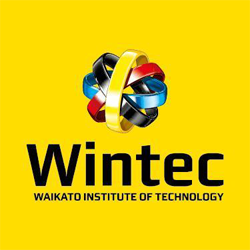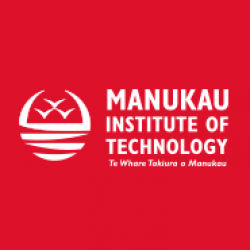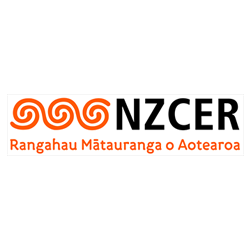
Rethinking Assessment for the Science Modules in the First Year Nursing Programme
Status
Completed: 6 November 2011
Project Details
A project, completed in 2011, to improve the validity and reliability of assessment outcomes for nursing students in their first-year science programme, through the systematic evaluation of an innovative assessment tool (final science practical test), and its consequences. A collaboration of Waikato Institute of Technology, Manukau Institute of Technology and New Zealand Council for Educational Research.
Aims:
The main aims of the project were to:
- enhance the validity and reliability of assessment outcomes for nursing students in their first-year science programme
- investigate what tools could be used to assess evidence of the development of all aspects of science-informed competence in nursing education
- evaluate a new assessment tool in terms of its efficacy for providing evidence that students are linking science learning to nursing practice (construct validity) and in terms of the effects it has on desired learning (consequential validity).
Methodology:
The project used a mixed methods approach involving:
- a brief review of the literature
- analysis of students’ assessment results
- a questionnaire survey of students (52% of the total number of students enrolled in the module)
- focus group interviews with about half the students who participated in the survey.
Team

Jane Stewart
Joint Project Lead
Waikato Institute of Technology (Wintec)
Dr Gudrun Dannenfeldt
Joint Project Lead
Waikato Institute of Technology
Angela Stewart
Waikato Institute of Technology
Dr Kevin Stewart
Waikato Institute of Technology
Victor Fester
Waikato Institute of Technology
Jackie McHaffie
Waikato Institute of Technology
Pam Williams
Manukau Institute of Technology
Dr Rose Hipkins
New Zealand Council for Educational Research (NZCER)Status
Funding
$5,800.00 (excl GST)
Key Findings
The key findings from the project included:
- Most students successfully made links to science learning or nursing practice, rather than to both.
- Students were able to make more links to knowledge and practice when they were responding to more concrete concepts.
- The new assessment tool enabled assessment of all aspects of competence, including the contribution of student attitudes, values and abilities to knowledge and skills. These were the building blocks for further development of science-informed competence by the student nurses.
- Findings from the focus group interview and questionnaire suggested that most students understood that the assessment tool had been designed to link to a ‘nursing perspective’ and put them ‘in a nursing frame of mind’.
- Overall the findings showed students did understand that the items in the assessment tool referred to linking their science learning to future learning, nursing practice and their goal of becoming a nurse.
Key Recommendations
The project made the following key recommendations for future practice and further research:
Changing the assessment timeframes | Changing the timeframes associated with the assessment by decreasing the wait time for students prior to the assessment and increasing the time allocated per Station.
Modifying the assessment questions | Modifying the wording and format of the questions in the assessment by explicitly requesting responses which enable students to link their science learning to nursing practice and changing the format of the answer sheet to allow enough space for more complex responses.
Further research with the research participants | Further research with the research participants in order to collect data from returning students which may provide worthwhile findings on the consequential validity of the assessment tool.
Further research with the next cohort | Further longitudinal research with this and the next cohort of students would be beneficial in examining developing competency growth towards the entry level of a registered nurse and to investigate how effective the assessment tool was in linking forward to future learning in different contexts.
A research report prepared by Gudrun Dannenfeldt, Jane Stewart, Angela Stewart, Kevin Stewart, Victor Fester, Jackie McHaffie, Pam Williams, and Rose Hipkins.
(PDF, 2.63 MB, 70-pages).
- 20 November 2011